Some clients that we have served in the past.
This is just a few of the many we have worked with.
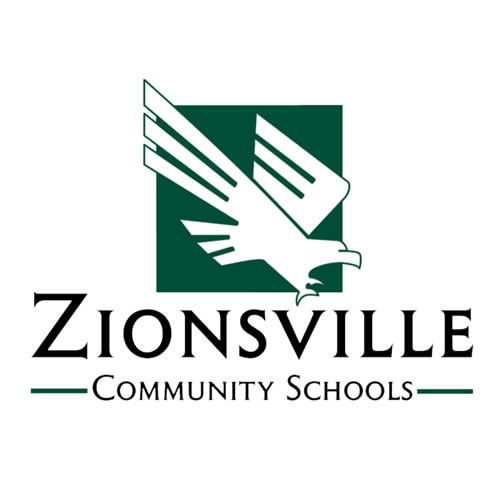

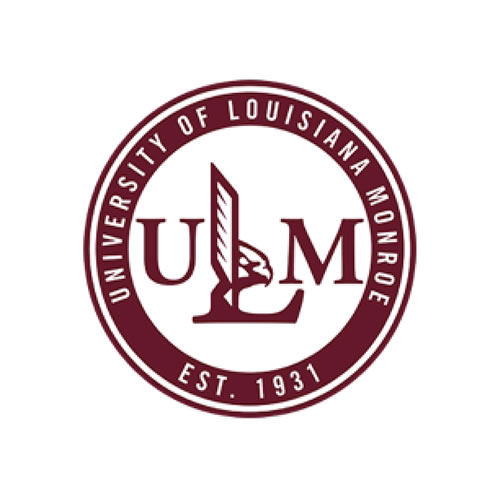
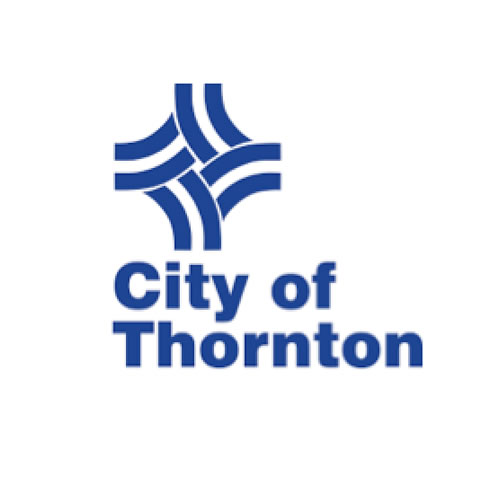
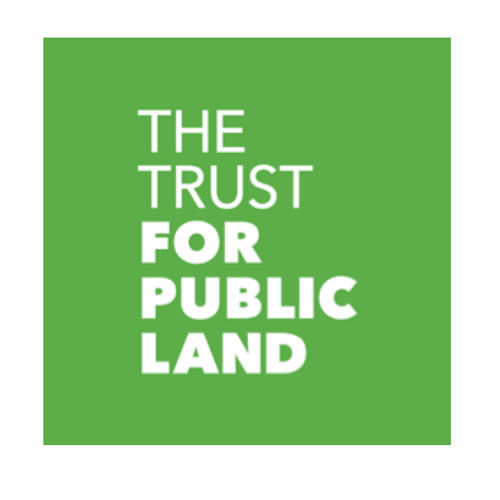


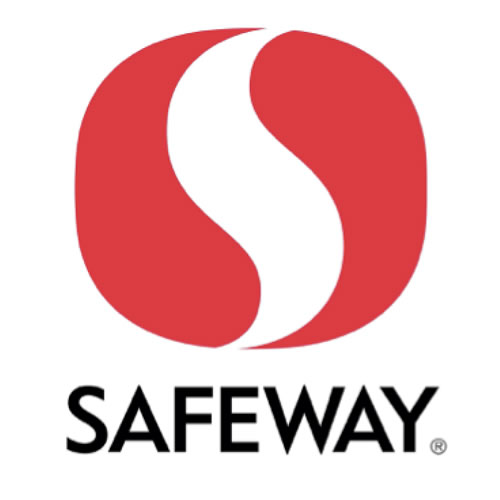


Rapid change in the public’s willingness to be interviewed and participate in research projects demands that researchers meet people where they are most comfortable sharing their viewpoints. We embrace both qualitative and quantitative approaches, melding seamlessly our interviewing by phone and online surveys.
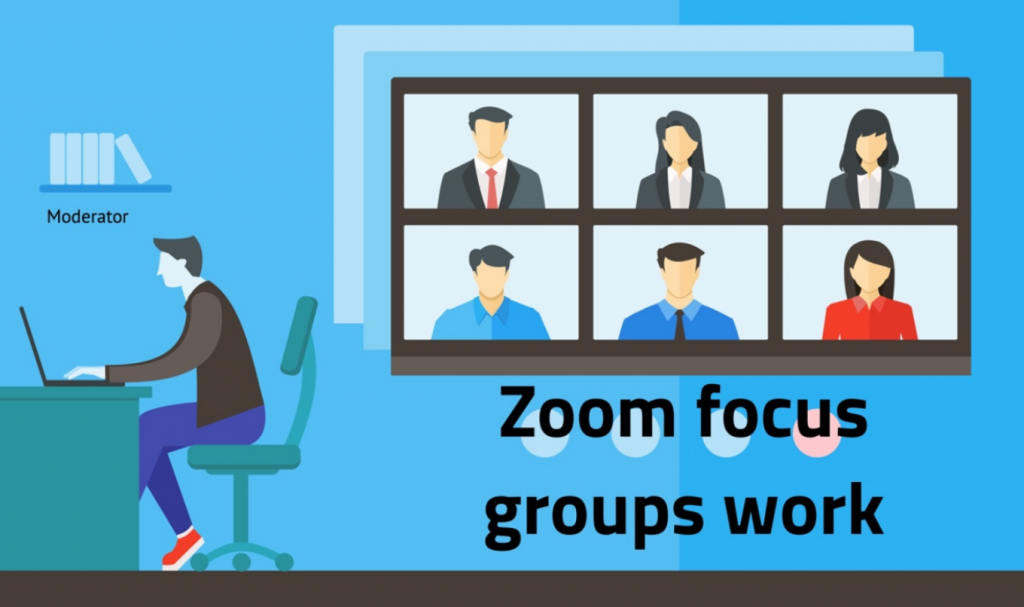
Every study is unique. For some projects, qualitative tools like focus groups or in-depth interviews (IDIs) are best, especially when we want to know more about “Why?’ respondents feel a certain way. Short surveys don’t always allow the expert probing that a trained moderator can bring to a focus group or IDI. But, typically, qualitative research has fewer subjects, precluding a confident projection of the findings to a large population. That’s when we need large sample surveys. Surveys are in transition, from phones to online. But today, neither means of data collection is perfect for reaching every kind of respondent for every survey topic.
We find that it’s easiest to reach some less educated and lower income respondents on a land line phone. Cell phones are best for reaching young and middle-class populations. Online surveys—on smart phones and desktops–are more effective in reaching respondents with higher levels of education and income. And, of course, there are exceptions to all of these observations. That is why we strongly recommend mixed-mode data collection that attempts to reach each respondent in the manner that is most comfortable and convenient for them. We have perfected ways on merging mixed-mode data into a final consolidated sample that can serve as the basis for solid analysis and decision-making.
Perhaps Hill’s greatest service to clients and potential clients is providing advice and counsel on the best means to an end. Sometimes, clients need help with selecting between qualitative or quantitative choices. Some ambitious and comprehensive projects demand both genres. Then the question arises, “Do we do focus groups before a survey, or after?” Sometimes that answer is both. Clients bring myriad other questions. When is the best time of year or week to do a research project? How big should a survey sample be? How do we set quotas to ensure that we have a representative, cross-sectional survey of our targeted population? Are there lists we can sample? Would telephone or online data collection be best?

How long can an interview be? How many days can and should a survey be in the field? How much is all this going to cost? Are there ways to save money? How long does it take to complete an entire project, from start to finish? The questions are endless, but we really enjoy answering them, bringing to bear our experience and knowledge. Sometimes that means we may even recommend against research. Perhaps a client wants answers that research cannot really readily provide. Or perhaps the cost of getting to the answers is simply too great to justify. We are advocates for strategic research, but we know that some projects aren’t viable. So we say so. We try to tell potential clients what they need to hear, not necessarily what they want to hear, even if that kills a potential project engagement.
This is just a few of the many we have worked with.









